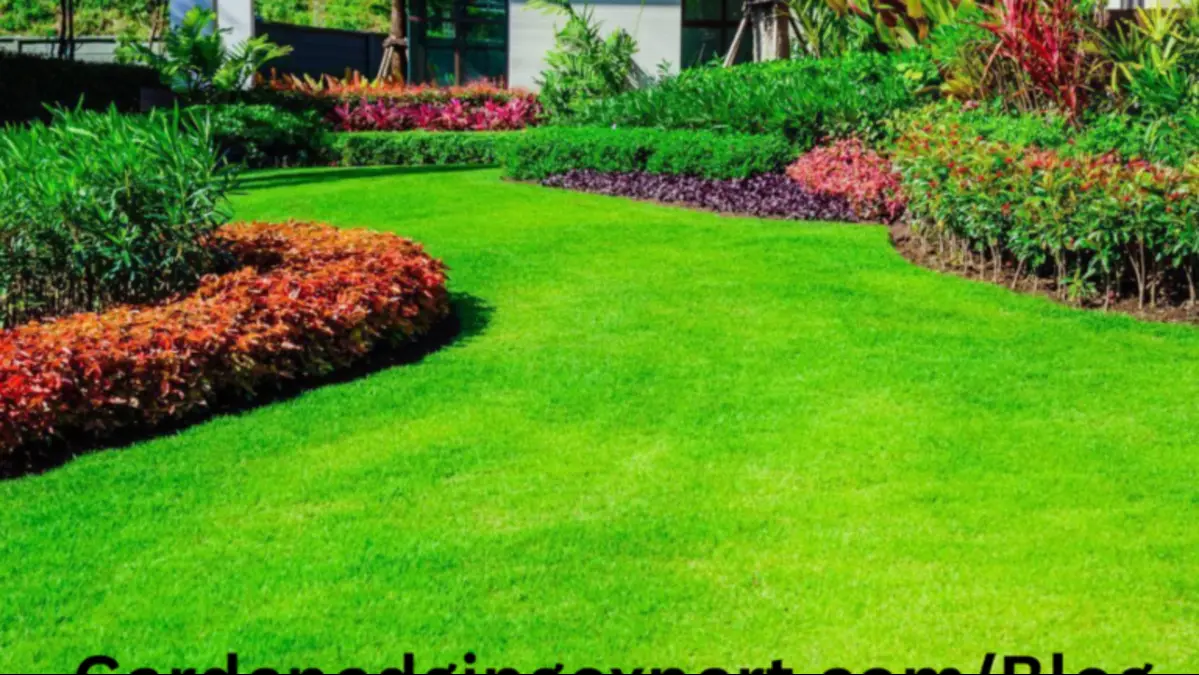gardenedgingexpert.com/blog Introduction
gardenedgingexpert.com/blog is a crucial aspect of landscaping that can make or break the look of your outdoor space. It’s the finishing touch that separates your garden beds from the rest of your yard, adding a touch of elegance and sophistication. At Garden Edging Expert, we’re passionate about helping homeowners and gardening enthusiasts create beautiful, functional, low-maintenance outdoor spaces. In this comprehensive guide, we’ll share our gardening expertise, covering everything from the benefits and types of edging to DIY tips, tricks, and expert advice.
Benefits of gardenedgingexpert.com/blog
gardenedgingexpert.com/blog offers numerous benefits that can enhance your garden’s overall look and feel. Here are just a few reasons why edging is an essential element of landscaping:
- Aesthetics: Edging adds a decorative touch to your garden, creating a clear distinction between different areas of your yard.
- Maintenance: Edging helps contain mulch, soil, and plants, making it easier to maintain your garden beds.
- Weed control: Edging prevents weeds from creeping into your garden beds, reducing the need for herbicides and manual weeding.
- Property value: Well-designed garden edging can increase property value, making your home more attractive to potential buyers.
- Curb appeal: Edging can enhance your home’s curb appeal, creating a welcoming and inviting atmosphere.
Types of Garden Edging
With so many options available, choosing the right type of gardenedgingexpert.com/blog can be overwhelming. Here are some popular types of edging to consider:
- Plastic edging: A cost-effective, easy-to-install option in various colours and styles.
- Metal edging: A durable, long-lasting option that can add a sleek, modern touch to your garden.
- Wooden edging: A natural, rustic option that blends seamlessly into your garden landscape.
- Stone edging: A premium, high-end option that adds a touch of sophistication to your garden.
- Brick edging: A classic, timeless option that can add a touch of elegance to your garden.
- Concrete edging: A durable, low-maintenance option that can be customized to fit your garden design.
DIY Garden Edging Tips and Tricks
gardenedgingexpert.com/blog doesn’t have to break the bank or require professional installation. Here are some DIY tips and tricks to get you started:
- Choose the suitable materials: Select edging materials that complement your garden style and climate.
- Measure twice, cut once: Ensure accurate measurements to avoid costly mistakes.
- Dig carefully: Use a sharp utility knife or edging tool to avoid damaging nearby plants.
- Install with ease: Use a rubber mallet to tap edging into place, ensuring a secure fit.
- Add a finishing touch: Use a level to ensure straight edging.
Expert Advice for a Professional Finish
While DIY edging can be cost-effective, sometimes it’s best to leave it to the experts. Here are some tips for achieving a professional finish:
- Hire a pro: If you need clarification on edging installation or design, consider hiring a landscaping professional.
- Custom design: Work with a designer to create a custom edging plan that complements your garden style.
- High-quality materials: Invest in premium materials that will withstand the elements and last for years.
- Attention to detail: Pay attention to the small details, such as ensuring a secure fit and level installation.
Common Mistakes to Avoid
Even with the best intentions, garden edging can go wrong. Here are some common mistakes to avoid:
- Inadequate planning: Please plan your edging design to avoid costly mistakes and reinstallation.
- Poor material choice: Selecting materials that don’t suit your climate or garden style can lead to premature deterioration.
- Insufficient maintenance: Failing to maintain your edging can lead to damage and reduce its lifespan.
- Incorrect installation: Please install edging correctly to avoid a poor finish and reduced durability.
Edging Materials: A Closer Look
Let’s take a closer look at some popular edging materials:
- Plastic edging: A cost-effective option that’s easy to install and maintain.
- Metal edging: A durable option that can add a sleek, modern touch to your garden.
- Wooden edging: A natural option that blends seamlessly into your garden landscape.
- Stone edging: A premium option that adds a touch of sophistication to your garden.
Edging for Specific Garden Styles
Here are some edging ideas tailored to specific garden styles:
- Modern gardens: Metal or concrete edging creates a sleek, modern look.
- Rustic gardens: Wooden or stone edging adds a natural, rustic touch.
- Formal gardens: Brick or stone edging creates a classic, elegant look.
- Cottage gardens: Wooden or decorative edging adds a charming, whimsical touch.
Edging Maintenance and Repair
To keep your edging looking its best, regular maintenance is essential. Here are some tips:
- Clean regularly: Remove debris and dirt to prevent damage.
- Inspect for damage: Regularly inspect your edging for damage or deterioration.
- Repair promptly: Address any damage or issues promptly to avoid further deterioration.
Conclusion
gardenedgingexpert.com/blog is a crucial element of landscaping that can elevate your outdoor space from ordinary to extraordinary. By understanding the benefits, types, and best practices of garden edging, you can create a beautiful, functional, and low-maintenance garden that you’ll enjoy for years to come. Whether you’re a DIY enthusiast or prefer to hire a professional, remember to choose the suitable materials, plan carefully, and maintain your edging to ensure a professional finish. Happy gardening!
